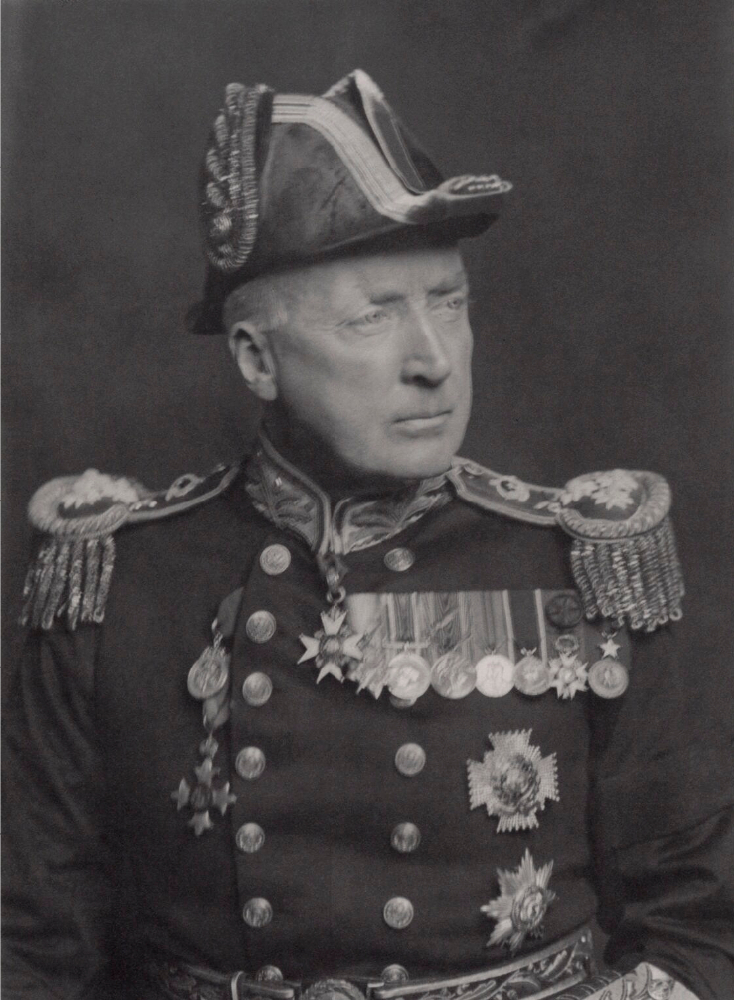Frederic Charles Dreyer
| Sir Frederic Charles Dreyer | |
|---|---|

Dreyer as a Rear-Admiral, circa 1923-1929
|
|
| Born |
8 January 1878 Parsonstown |
| Died | 11 December 1956 (aged 78) Winchester |
| Allegiance |
|
| Service/branch |
|
| Years of service | 1891–1943 |
| Rank | Admiral |
| Commands held |
HMS Amphion HMS Iron Duke HMS Repulse Battlecruiser Squadron China Station |
| Battles/wars | Battle of Jutland |
| Awards |
Knight Grand Cross of the Order of the British Empire Knight Commander of the Order of the Bath |
| Relations | Major-General John Tuthill Dreyer (brother) Vice-Admiral Sir Desmond Parry Dreyer (son) |
Admiral Sir Frederic Charles Dreyer, GBE, KCB (8 January 1878 – 11 December 1956) was an officer of the Royal Navy. A gunnery expert, he developed a fire control system for British warships, and served as Jellicoe's flag captain at Jutland. He retired with the rank of Admiral in 1943, having served through two world wars and having already retired once.
Frederic Dreyer was born on 8 January 1878 in the Irish town of Parsonstown (now Birr) in King's County (now County Offaly), the second son of the Danish-born astronomer John Louis Emil Dreyer who was director of the Armagh Observatory. Educated at The Royal School, Armagh, in 1891 Dreyer joined the Royal Navy and entered the Royal Naval College, Dartmouth.
At Dartmouth he performed well in his examinations and was placed fifth in his term. He then served as a Midshipman in HMS Anson (1893–1896) and HMS Barfleur (1896–1897). In nearly all his subsequent examinations for promotions he obtained Class 1 certificates—for Sub-Lieutenant, Lieutenant (July, 1898, while aboard HMS Repulse) and then gunnery Lieutenant. In 1900 he authored a book called How to Get a First Class in Seamanship. He came first in his class of three in the advanced course for gunnery and torpedo lieutenants at the Royal Naval College, Greenwich in 1901, after which he was posted to the staff of the gunnery school at Sheerness. He then served as gunnery officer in the cruiser HMS Scylla and from August 1902 in the protected cruiser HMS Hawke.
...
Wikipedia
